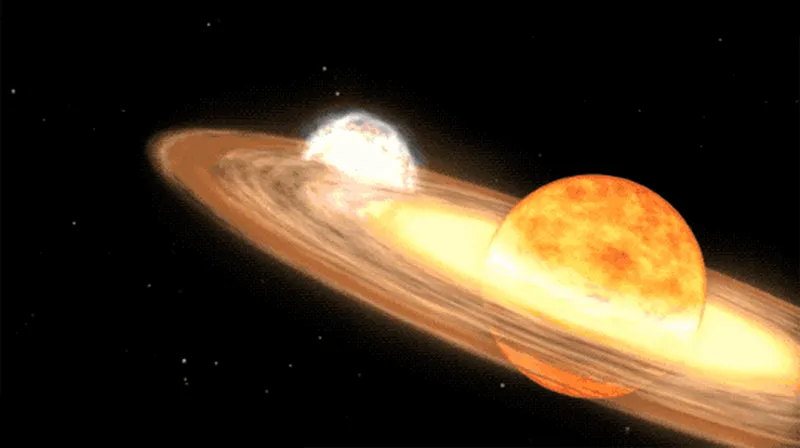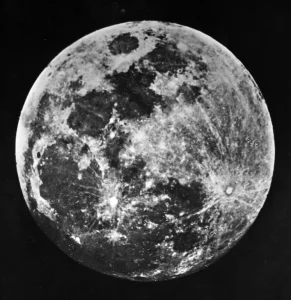T Coronae Borealis: Star System Anticipated to Brighten Soon, Visible to the Naked Eye
25th Mar 2024
A group of astronomers are closely monitoring a star system that can only be viewed through a telescope, as they predict that it will soon become bright enough to be visible to the naked eye. There is a possibility that this may occur anytime between the present and September. However, it is also likely that it will take another year.
The rare phenomenon of stars suddenly brightening up spectacularly is considered one of the marvels of astronomy. When a previously invisible (too faint to see) star becomes suddenly visible, it can seem like a new star has suddenly appeared. Before the telescope was invented, such occurrences were referred to as novae, a term derived from the Latin phrase “De nova stella,” meaning new star.
The anticipated brightening will occur around 2,500 light-years away towards the Coronae Borealis constellation.
Anticipated Surge in Brightness of T CrB, A Dangerous Binary Star System
The upcoming event is a result of T Coronae Borealis (or T CrB) being a binary star system consisting of a red giant and a white dwarf. Although binary star systems are a common occurrence, this particular pair is considered dangerous due to their slightly higher mass than the Sun. The white dwarf’s strong gravity is drawing matter from the red giant, forming an accretion disk similar to that of a black hole.
When some of this matter approaches the white dwarf, its temperature rises, causing fusion to occur, thus resulting in an increase in brightness. While most brightening events are similar to regular variable stars, in 2016, the T CrB approximately tripled in brightness. However, it was still somewhat visible only via binoculars; therefore, few people took note.
Conversely, T CrB experienced extraordinary surges in 1866 and 1946, increasing its brightness several thousand-fold and making it visible to the naked eye. Astronomers are anticipating a similar event to occur.
Some white dwarfs that draw matter from their companions brighten sporadically, while others, referred to as recurrent novae, follow a consistent schedule. Most recurrent novae are so far away that they cannot be viewed without aid. T CrB is extraordinary as it was nearly as luminous as Polaris at its very brightest in 1866 and 1946, surpassing most stars. Only one other recurrent nova can be viewed with the naked eye when it has reached peak brightness; nonetheless, it is not very bright.
T CrB to be Visible to the Naked Eye for a Few Days, NASA Predicts
T CrB’s two thoroughly-studied events occurred with a gap of almost 80 years. If this pattern repeats itself, the next brightening event is anticipated to occur around late 2025. Regardless, recurrent novae cannot be predicted accurately, so a slight variation of a few years would not be unusual.
According to NASA, T CrB will be observable without any aid for a few days when the explosion occurs. After that, binoculars would be suitable to view it for about a week. To locate the star, it is likely to be found between Vega and Arcturus, at a point slightly towards the latter, approximately seven degrees from Alphecca, which has a similar or slightly greater luminosity.







Thank you for your comment! It will be visible on the site after moderation.